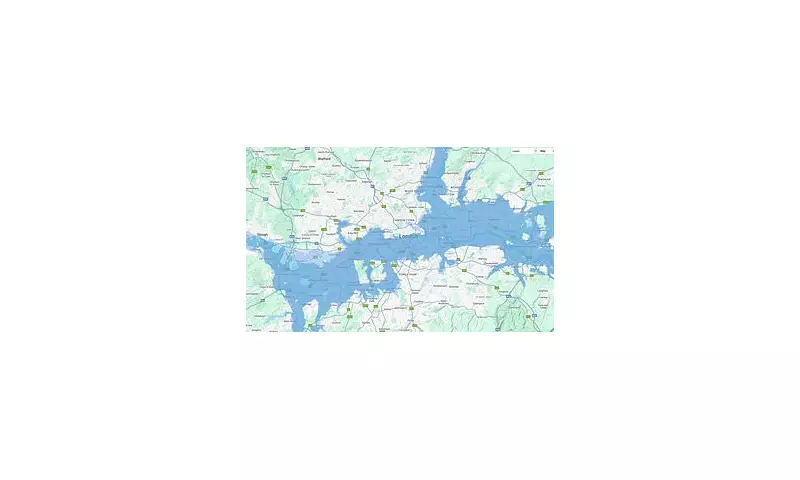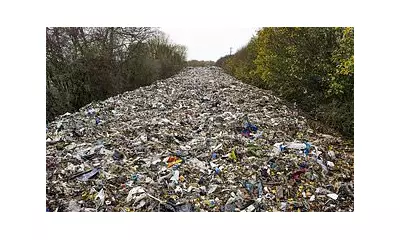
A startling new study has revealed the immense scale of vulnerability facing coastal communities worldwide, with approximately 100 million buildings now situated within zones threatened by rising sea levels.
The Unseen Crisis Beneath Our Feet
Researchers have uncovered that many coastal areas are sinking faster than previously estimated, compounding the effects of sea level rise. This dual threat of rising waters and sinking land means the danger to coastal infrastructure is more immediate than many governments have anticipated.
Global Impact Assessment
The comprehensive analysis examined coastal regions across every continent, identifying vulnerable structures from residential homes to critical infrastructure. The findings suggest that current flood risk models may be significantly underestimating the true scale of the problem.
Key Findings Include:
- Over 100 million buildings identified in vulnerable coastal zones
- Many coastal areas sinking at alarming rates
- Current flood models may underestimate risk by up to 20%
- Critical infrastructure including hospitals and schools at risk
Regional Variations and Hotspots
While the threat is global, certain regions face particularly severe challenges. The research identified specific coastal cities and communities where the combination of sinking land and rising seas creates an urgent need for adaptation measures.
The economic implications are staggering, with trillions of pounds worth of property and infrastructure potentially affected. Insurance industries and financial markets are only beginning to account for these emerging risks.
Call for Immediate Action
Experts emphasize that while the situation is concerning, there remains a window for proactive measures. Coastal defence improvements, revised building regulations, and strategic retreat from the most vulnerable areas could significantly reduce future damage.
The research team hopes their findings will spur governments and communities into action, emphasizing that the choices we make today will determine the coastal landscape of tomorrow.





